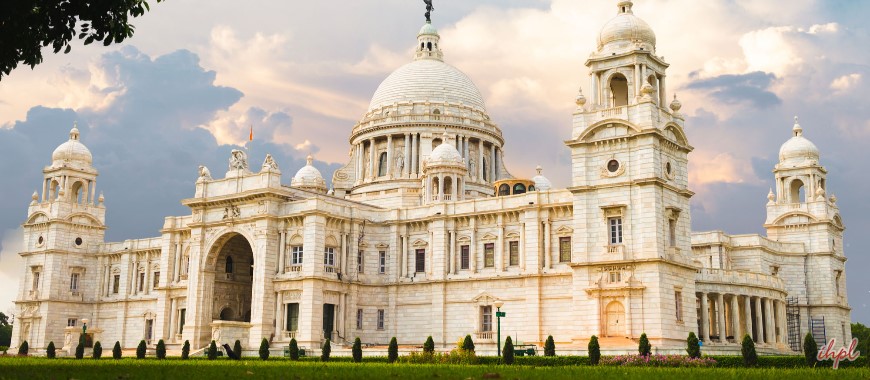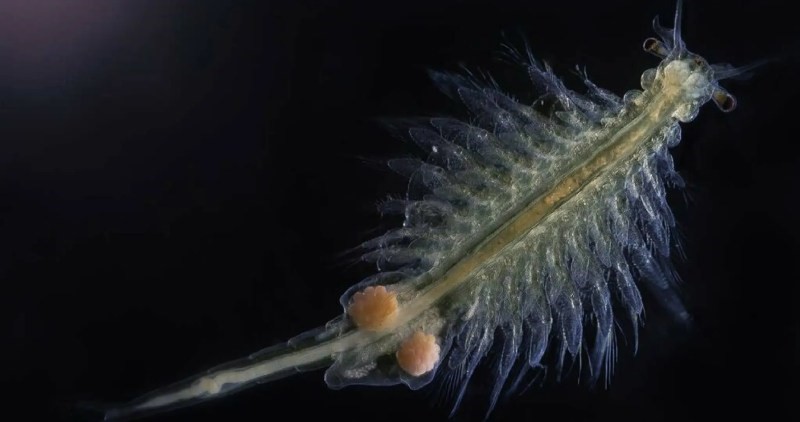|
One Liners 07-02-2025
|
|
Geography
|
|
Seabed 2030 Project
- Launched in – 2017.
- Collaborative project – Between IHO/IOC General Bathymetric Chart of the Oceans (GEBCO) and the Nippon Foundation.
- Aim – To map the entire ocean floor by 2030.
|
|
Polity & Governance
|
|
Bharat Ranbhoomi Darshan
Currently, 77 tourist sites showcase India’s rich military heritage.
- Launched in – 2025, on January 15, Indian Army Day.
- Nodal Ministry – Ministry of Defence.
- Objective – To raise awareness by opening historically significant locations linked to the valor and sacrifices of the Indian Armed Forces to tourists.
- These places have war memorials/museums and some facilities for refreshment etc.
- Tourism sites – It spans across various states,
- 11 – Jammu and Kashmir
- 4 – Himachal Pradesh
- 7 – Rajasthan & Sikkim
- 5 – Gujarat & Ladakh
- 1 – Arunachal Pradesh
- 8 – Uttarakhand.
|
|
Shatavari –For Better Health
- Launched by – Ministry of Ayush and National Medicinal Plants Board (NMPB).
- Concept – It is a nationwide species-specific campaign.
- Objectives – To spreading knowledge of the health benefits of medicinal plants across the country.
- Key role – It is known for its numerous health benefits, particularly in supporting women’s health and enhancing immunity.
|
|
SMILE – Support for Marginalized Individuals for Livelihood and Enterprise
- Launched in – 2022.
- Nodal Ministry – Ministry of Social Justice and Empowerment.
- Sub-schemes – Comprehensive Rehabilitation for Welfare of Transgender Persons.
- Comprehensive Rehabilitation of persons engaged in the act of Begging.
- Focused on – Extensively rehabilitation, provision of medical facilities, counseling, education, skill development, economic linkages etc.
|
|
'Pariksha Pe Charcha” 2025
- Show features – 8 episodes focusing on stress-free exams.
- Initiative – Aims at exam warriors, parents, and teachers.
|
|
Economy
|
|
Geo-Economic Fragmentation (GEF)
- It is a policy-driven reversal of global economic integration often guided by strategic considerations.
- Composition – This process encompasses different channels, including trade, capital, and migration flows.
- It replacing the globalization.
|
|
Delhi International Leather Expo (DILEX) 2025
- Aim – To enhance exports, create employment & strengthen India's global market presence.
- Introducing Reforms – To boost trade & industry, by reducing basic Customs Duty on wet blue leather & eliminating export duty on crust leather.
- Custom financial assistance – It includes customized credit cards for micro-enterprises & support for SC/ST women entrepreneurs.
- Export Promotion Mission – It will be launched with sectoral & BharatTradeNet (BTN) will be established to streamline international trade.
- Council for Leather Exports has set a target of $47 billion by 2030, with a special focus on footwear & leather exports.
|
|
Environment
|
|
Nematodes
In Goa, a symposium organized by Syngenta India, called for an effective nematode management.
- Nematodes are any of a major group of long cylinder-shaped worms that are parasites in animals or plants or live in soil or water.
- It is commonly called as eelworms or threadworms.
- Habitat – Found in almost every terrestrial and aquatic habitat.
- Feed on – Underground plant tissues such as roots, rhizomes, tubers and bulbs, making them invisible enemies.
- Impact – Attack plant roots, causing stunted growth, reducing yields, and increasing their vulnerability to diseases.
- India – A major crop losses due to plant parasitic nematodes are valued at ₹25,000 crore annually.
|
|
Science
|
|
Artificial Photosynthesis in Space
Chinese astronauts aboard Shenzhou-19 achieved the 1st demonstration of artificial photosynthesis in space.
- Innovative approach – It enables astronauts to turn sunlight into vital rocket fuel, namely oxygen and ethylene.
- Usage – The drawer-shaped device, the power of semiconductor catalysts, mimic the natural processes that plants use for survival.
- Features – It operates efficiently at room temperature and standard atmospheric pressure, requiring significantly less energy.
- It revolutionizes long-distance space travel, by making it feasible to convert carbon dioxide into usable resources.
China's Chang'e-7 Mission
- Aim – To search for water on the Moon's South Pole.
- Agency – Chinese Space Agency (CNSA).
- Launch – Planned to launch in 2026.
- Components – Orbiter, lander, lunar rover & a flying robotic detector.
|

